Welcome To The Sutro Blog
Don't let your pool turn into a bad science experiment! Let Sutro's guides keep your aquatic oasis sparkling clean without the need for a PhD in chemistry.
Pool Maintenance
-

Top Pool Care Trends to Watch in 2025
As we dive into 2025, the pool care industry is making waves with innovative trends, eco-conscious practices, and smart technology integrations. With pool owners becoming more invested in maintaining pristine...
Top Pool Care Trends to Watch in 2025
As we dive into 2025, the pool care industry is making waves with innovative trends, eco-conscious practices, and smart technology integrations. With pool owners becoming more invested in maintaining pristine...
-
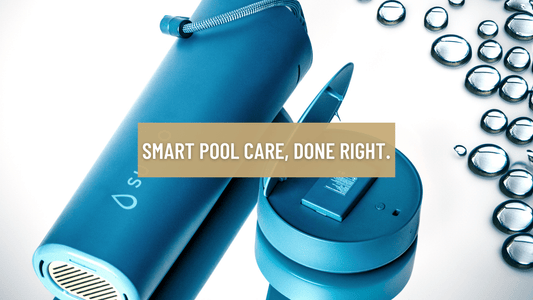
Why Smart Pool Care Should Be Your New Year’s R...
As the calendar flips to a new year, many people set goals to improve their lives. Popular resolutions often revolve around health, relationships, and financial stability. But if you own...
Why Smart Pool Care Should Be Your New Year’s R...
As the calendar flips to a new year, many people set goals to improve their lives. Popular resolutions often revolve around health, relationships, and financial stability. But if you own...
-
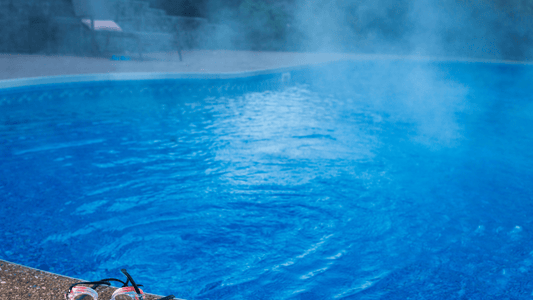
How to Handle Pool Water Evaporation in the Winter
Winter can be a challenging season for pool owners, and one of the lesser-discussed issues is pool water evaporation. While most people focus on preventing freezing or maintaining balanced chemistry,...
How to Handle Pool Water Evaporation in the Winter
Winter can be a challenging season for pool owners, and one of the lesser-discussed issues is pool water evaporation. While most people focus on preventing freezing or maintaining balanced chemistry,...
-
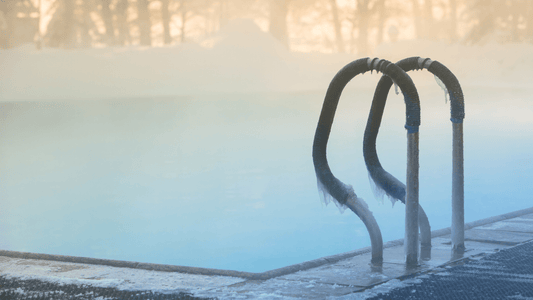
How to Protect Your Pool from Winter Storms
Winter storms can be harsh and unpredictable, often wreaking havoc on outdoor spaces, including pools. While pool owners focus heavily on summer maintenance, it’s just as crucial to prepare for...
How to Protect Your Pool from Winter Storms
Winter storms can be harsh and unpredictable, often wreaking havoc on outdoor spaces, including pools. While pool owners focus heavily on summer maintenance, it’s just as crucial to prepare for...
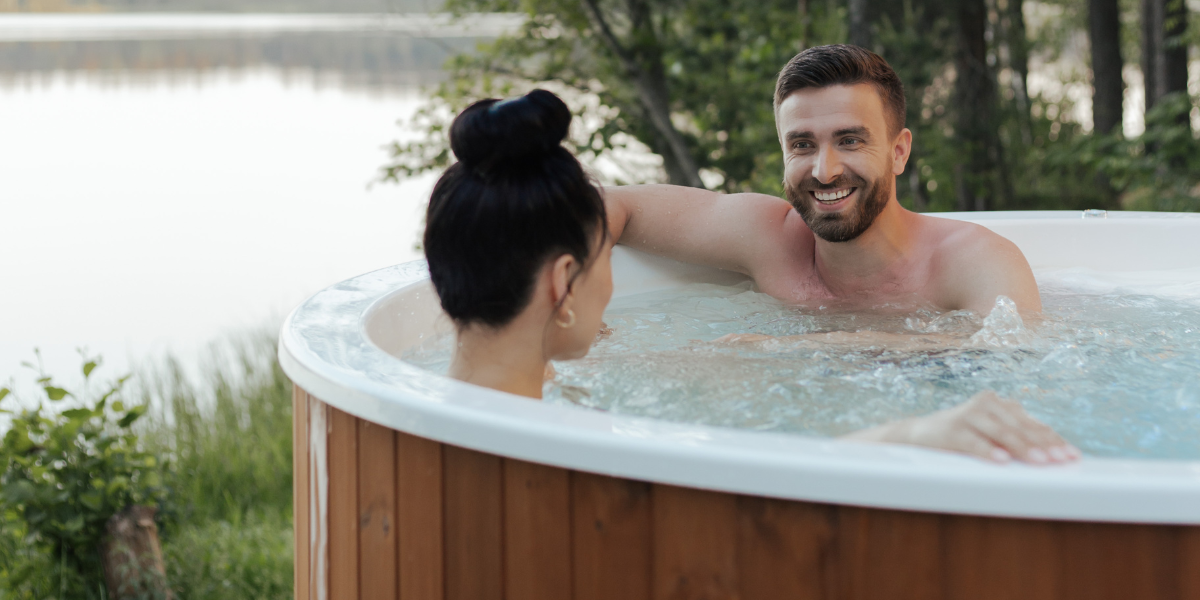
Hot Tub/Spa Maintenance
Don't let your relaxing hot tub turn into a stress-inducing maintenance nightmare! Sutro's hot tub guides are here to help you keep the bubbles bubbling and the water crystal clear, so you can soak all of your cares away.
Hot Tub/Spa Maintenance
-
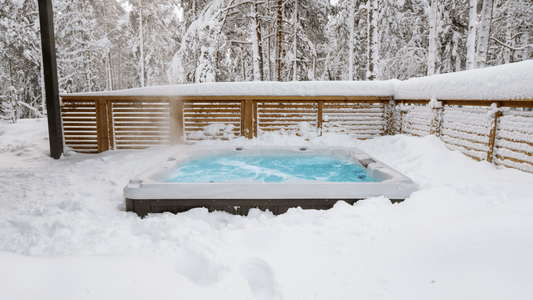
How to Maintain Your Hot Tub in Cold Weather
As the temperature drops, there’s nothing quite like soaking in a warm hot tub on a chilly winter evening. However, cold weather presents unique challenges for hot tub maintenance. To...
How to Maintain Your Hot Tub in Cold Weather
As the temperature drops, there’s nothing quite like soaking in a warm hot tub on a chilly winter evening. However, cold weather presents unique challenges for hot tub maintenance. To...
-

The Rise of Portable Hot Tubs and How Sutro Sim...
In recent years, the trend of portable hot tubs has surged in popularity, offering relaxation and hydrotherapy without the permanence or high cost of traditional hot tubs. From urban dwellers...
The Rise of Portable Hot Tubs and How Sutro Sim...
In recent years, the trend of portable hot tubs has surged in popularity, offering relaxation and hydrotherapy without the permanence or high cost of traditional hot tubs. From urban dwellers...
-
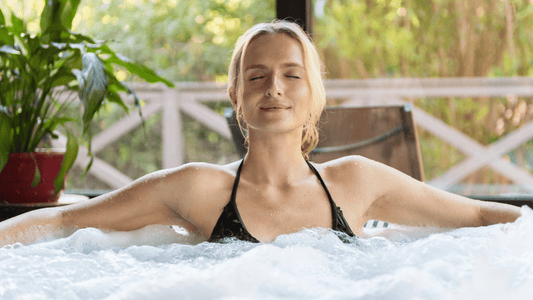
Wellness Routines with Hot Tubs: Elevate Your S...
Hot tubs have long been associated with relaxation, but their potential for supporting holistic wellness routines is often overlooked. With the fast-paced demands of modern life, integrating a hot tub...
Wellness Routines with Hot Tubs: Elevate Your S...
Hot tubs have long been associated with relaxation, but their potential for supporting holistic wellness routines is often overlooked. With the fast-paced demands of modern life, integrating a hot tub...
-

Is High Alkalinity in a Hot Tub Dangerous?
Owning a hot tub is a luxurious experience, offering relaxation, therapy, and a chance to unwind. However, proper water care is essential to keep it both safe and enjoyable. One...
Is High Alkalinity in a Hot Tub Dangerous?
Owning a hot tub is a luxurious experience, offering relaxation, therapy, and a chance to unwind. However, proper water care is essential to keep it both safe and enjoyable. One...
Water Treatment
As any savvy pool owner knows, a few well-chosen chemicals can mean the difference between a refreshing dip and a toxic waste dump. Sutro's got you covered with easy-to-digest articles on all the important water treatment chemicals. From chlorine to pH balancers, we'll show you why they're important, how to use them, and what works best for your type of pool.
Water Treatment
-

Is Chlorine Acidic or Basic? Pool Chemistry Exp...
Chlorine is a key element in pool maintenance and water disinfection, yet there’s often confusion regarding its chemical nature. Is chlorine acidic or basic? How does it interact with your...
Is Chlorine Acidic or Basic? Pool Chemistry Exp...
Chlorine is a key element in pool maintenance and water disinfection, yet there’s often confusion regarding its chemical nature. Is chlorine acidic or basic? How does it interact with your...
-
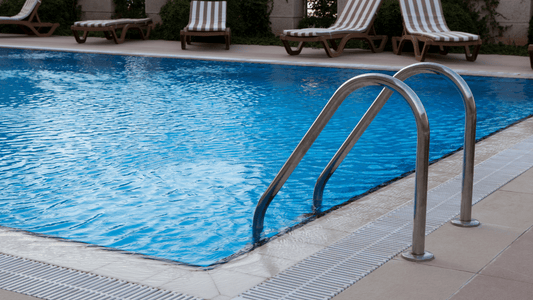
High Alkalinity in Well Water | Causes, Effects...
If you rely on well water for your home or pool, you might be familiar with various water quality issues. One common issue is high alkalinity. High alkalinity in well...
High Alkalinity in Well Water | Causes, Effects...
If you rely on well water for your home or pool, you might be familiar with various water quality issues. One common issue is high alkalinity. High alkalinity in well...
-
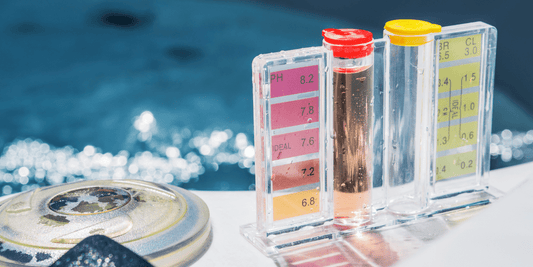
How to Maintain Perfect pH Levels in Your Saltw...
As a dedicated pool management company committed to providing exceptional service, ensuring the proper chemical balance in your saltwater pool is paramount. Among the critical parameters to monitor and maintain...
How to Maintain Perfect pH Levels in Your Saltw...
As a dedicated pool management company committed to providing exceptional service, ensuring the proper chemical balance in your saltwater pool is paramount. Among the critical parameters to monitor and maintain...
-

What is a Sequestrant and Why Is It Important?
What is a Sequestrant? Sequestrants are chemicals that bind to mineral and metal ions in water and prevent them from precipitating (or falling) out of solution and clouding or staining...
What is a Sequestrant and Why Is It Important?
What is a Sequestrant? Sequestrants are chemicals that bind to mineral and metal ions in water and prevent them from precipitating (or falling) out of solution and clouding or staining...
Pool Lifestyle
Who says pool maintenance has to be all work and no play? At Sutro, we know that your backyard is your personal oasis, and that style matters just as much as substance. If you’re looking for some creative ideas to make your pool area pop, we've got you covered.
Pool Lifestyle
-

The Ultimate Holiday Gift Guide for Pool Enthus...
The holiday season is upon us, and if you’re shopping for a pool owner or someone who loves spending time by the water, you’re in luck! There are plenty of...
The Ultimate Holiday Gift Guide for Pool Enthus...
The holiday season is upon us, and if you’re shopping for a pool owner or someone who loves spending time by the water, you’re in luck! There are plenty of...
-

Best Pool Products To Buy On Amazon In Summer 2024
Summer is here, and with it comes the promise of countless days spent by the pool. Whether you're a pool owner or simply love visiting friends who have one, having...
Best Pool Products To Buy On Amazon In Summer 2024
Summer is here, and with it comes the promise of countless days spent by the pool. Whether you're a pool owner or simply love visiting friends who have one, having...
-

Summer Dive | Ultimate Guide to Pool Opening Da...
As the warm rays of the sun begin to peek through the clouds and the birds chirp a little louder, it can only mean one thing: summer is around the...
Summer Dive | Ultimate Guide to Pool Opening Da...
As the warm rays of the sun begin to peek through the clouds and the birds chirp a little louder, it can only mean one thing: summer is around the...
-

Saltwater vs Chlorine Pool: How to Choose?
While owning a swimming pool can be considered a luxury, Saltwater pools are the more luxurious option than regular Chlorine pools. Owning a saltwater pool is appealing because of its...
Saltwater vs Chlorine Pool: How to Choose?
While owning a swimming pool can be considered a luxury, Saltwater pools are the more luxurious option than regular Chlorine pools. Owning a saltwater pool is appealing because of its...
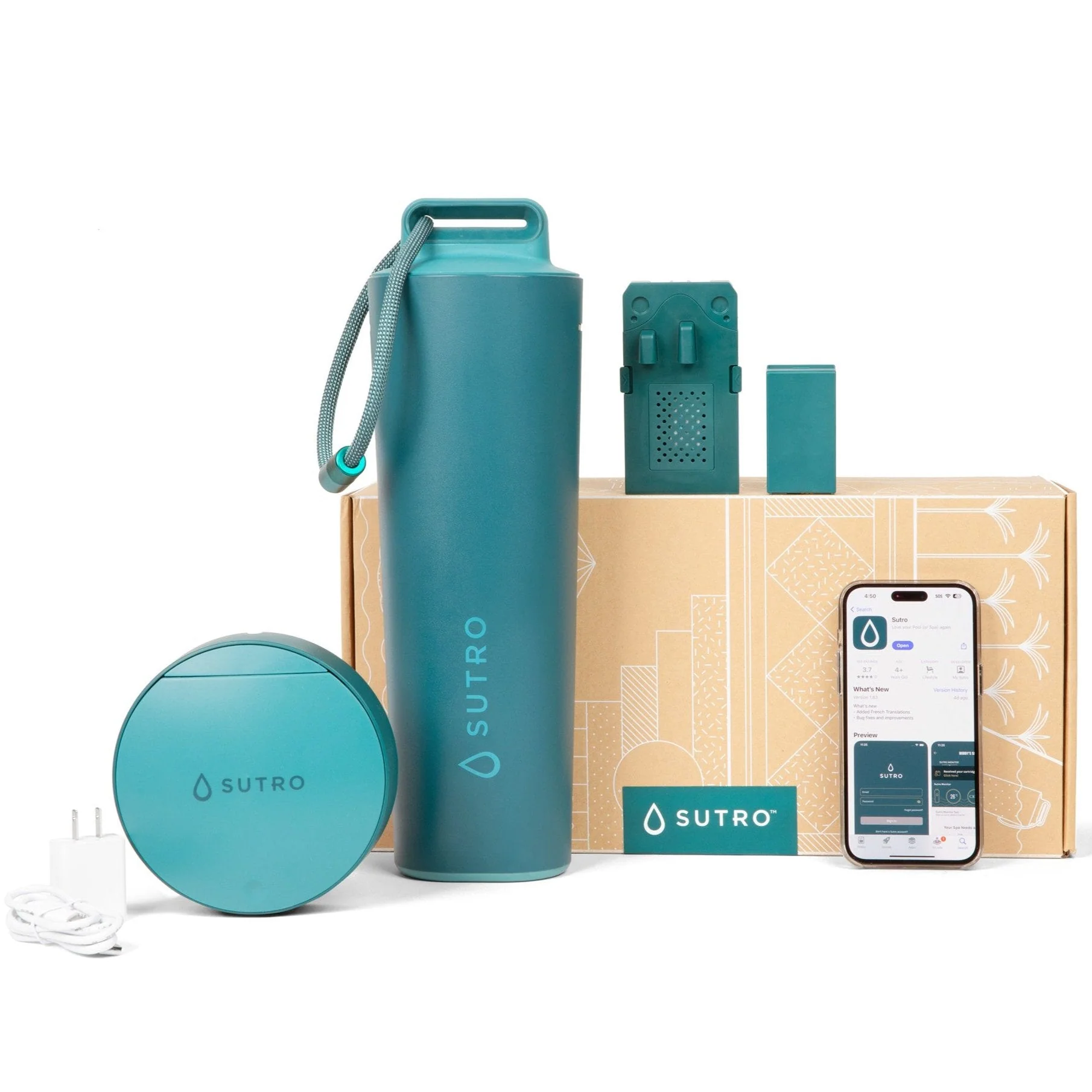
Sutro, Inc
Sutro Water Monitoring System for Pool & Spa

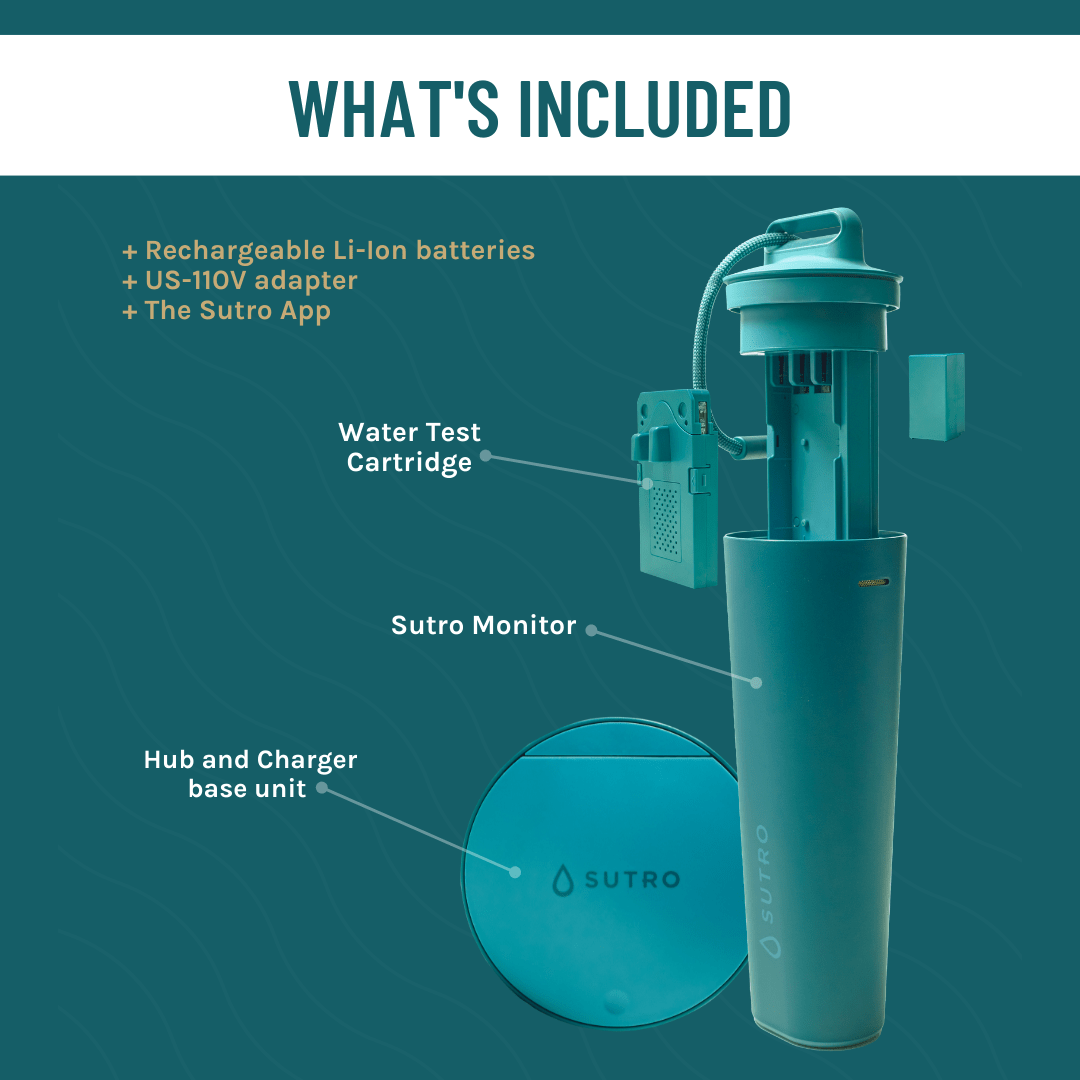
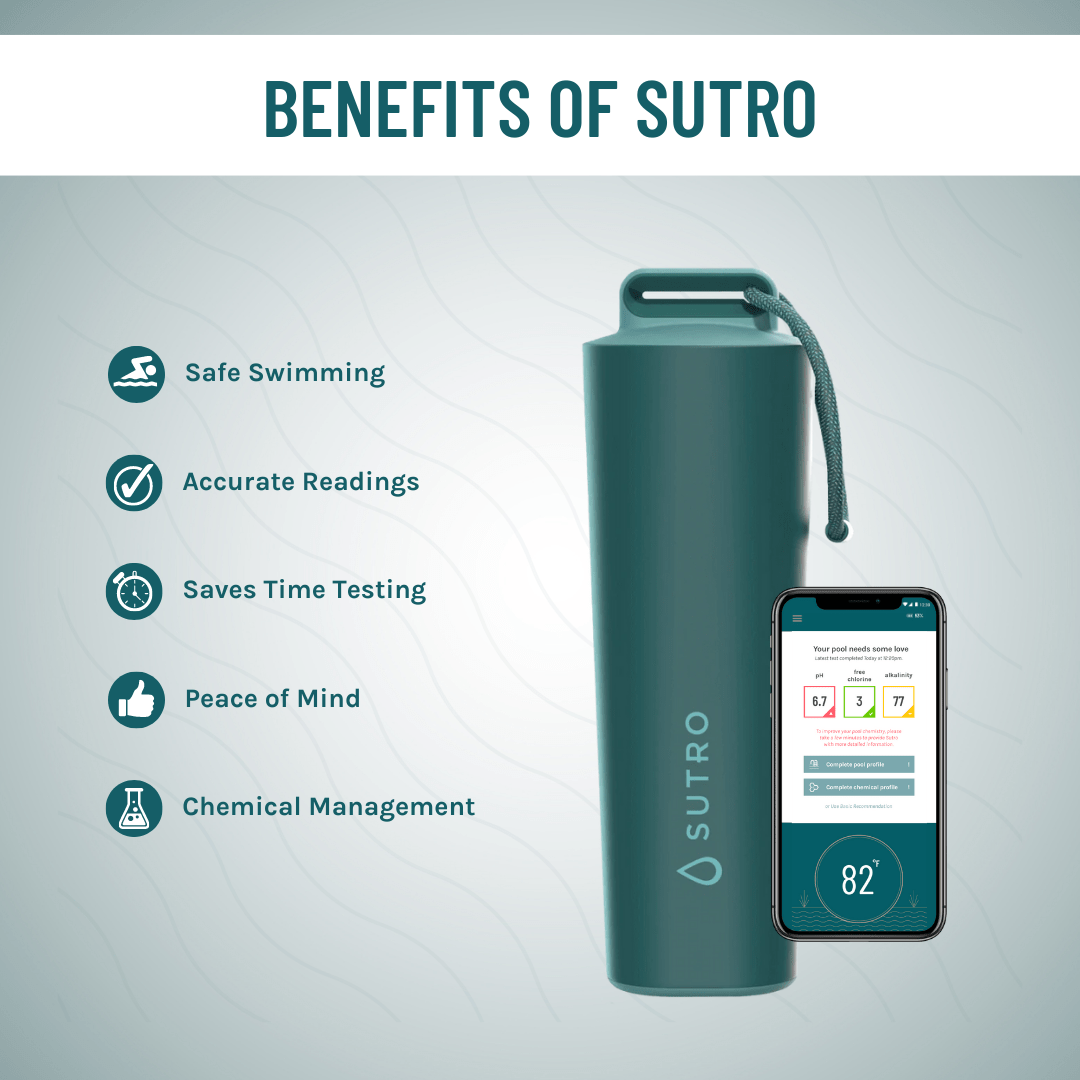
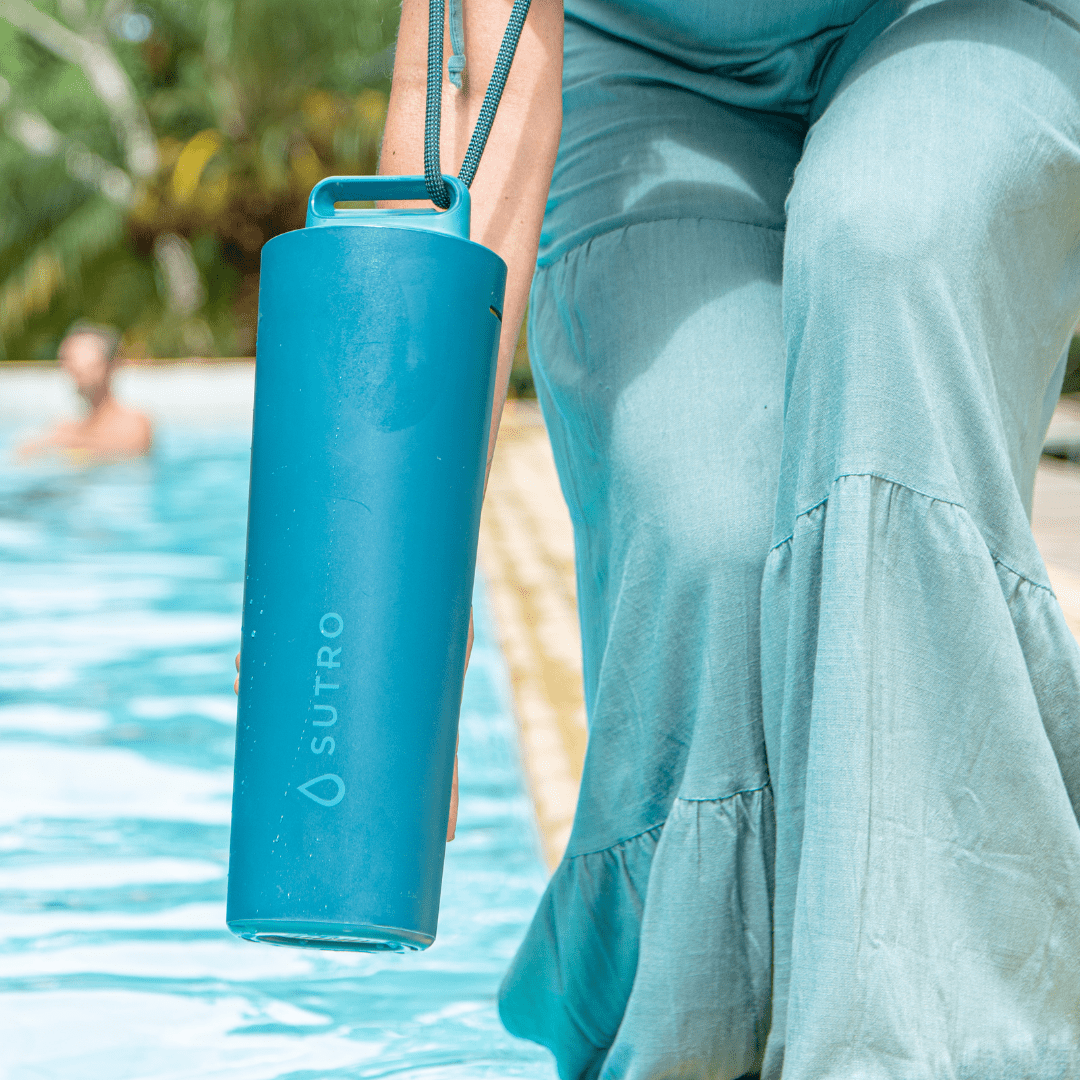
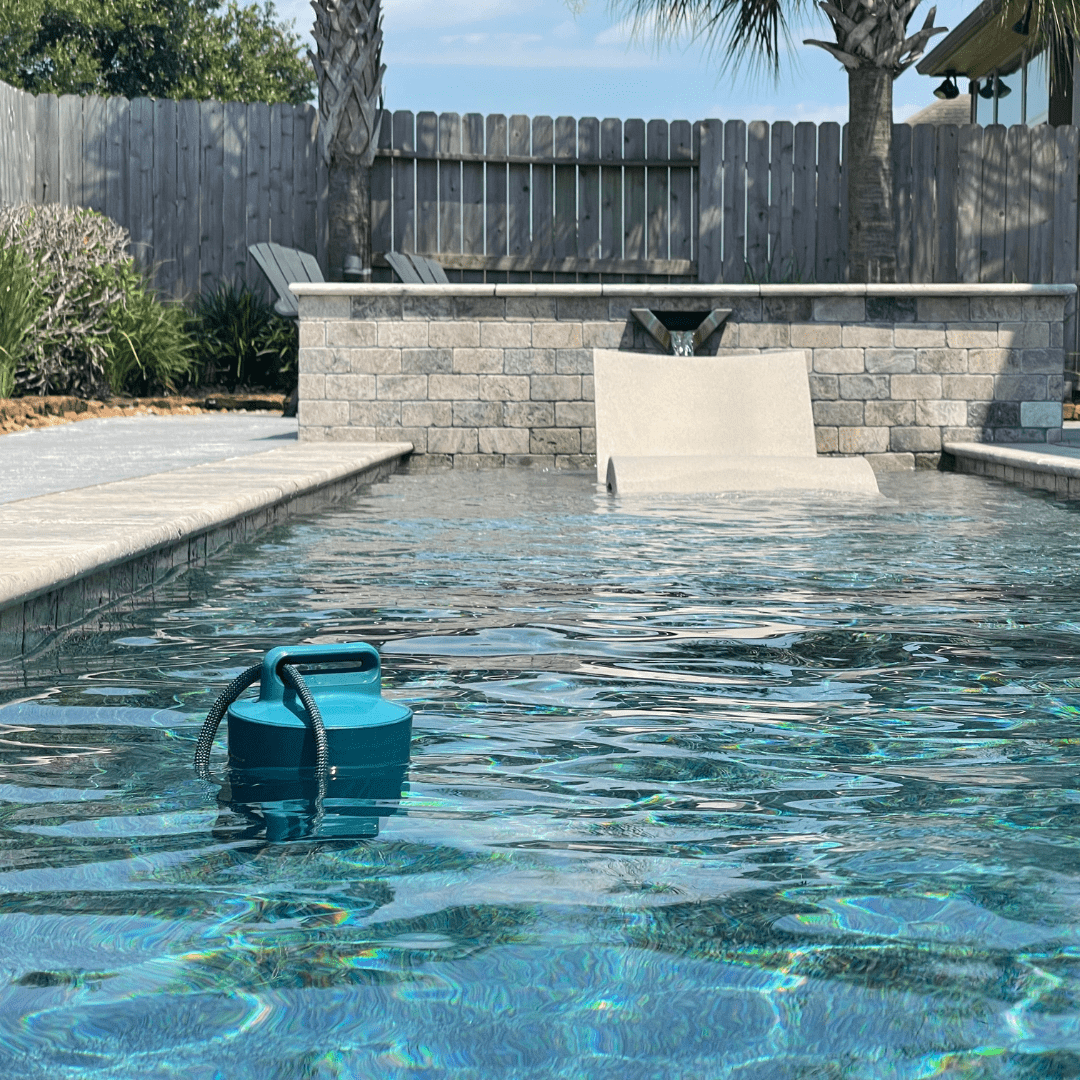
Smart Monitor Reviews
-

Poolside Tech - Attendant vs. Sutro | Which is ...
Many brands in the market offer numerous gadgets for innovative pool management technology. Leading brands on the market right now, Sutro and The Attendant take the prime spots for the...
Poolside Tech - Attendant vs. Sutro | Which is ...
Many brands in the market offer numerous gadgets for innovative pool management technology. Leading brands on the market right now, Sutro and The Attendant take the prime spots for the...
-

Why Sutro is Better: 5 Years & 2 Continents in ...
Ravi (Center) with his Sister and Pool Tech Martin at the Family Pool Store Sutro started 5 years ago. Ravi Kurani, our founder and CEO, had an idea —...
Why Sutro is Better: 5 Years & 2 Continents in ...
Ravi (Center) with his Sister and Pool Tech Martin at the Family Pool Store Sutro started 5 years ago. Ravi Kurani, our founder and CEO, had an idea —...
-

Why Sutro is Better: Actual Water Measurements
The Problem with ORP The first Sutro Smart Monitor used a technology called ORP (you can see our demo at TechCrunch back in 2015 at CES’s Hardware Battlefield). The two wires sticking...
Why Sutro is Better: Actual Water Measurements
The Problem with ORP The first Sutro Smart Monitor used a technology called ORP (you can see our demo at TechCrunch back in 2015 at CES’s Hardware Battlefield). The two wires sticking...
-

Sutro vs. Keto Review - Which is the better one?
There are many pool/spa/hot tub water monitors available, and it can be hard to compare them. Don’t worry; we are here to help and help you get the best one...
Sutro vs. Keto Review - Which is the better one?
There are many pool/spa/hot tub water monitors available, and it can be hard to compare them. Don’t worry; we are here to help and help you get the best one...




















